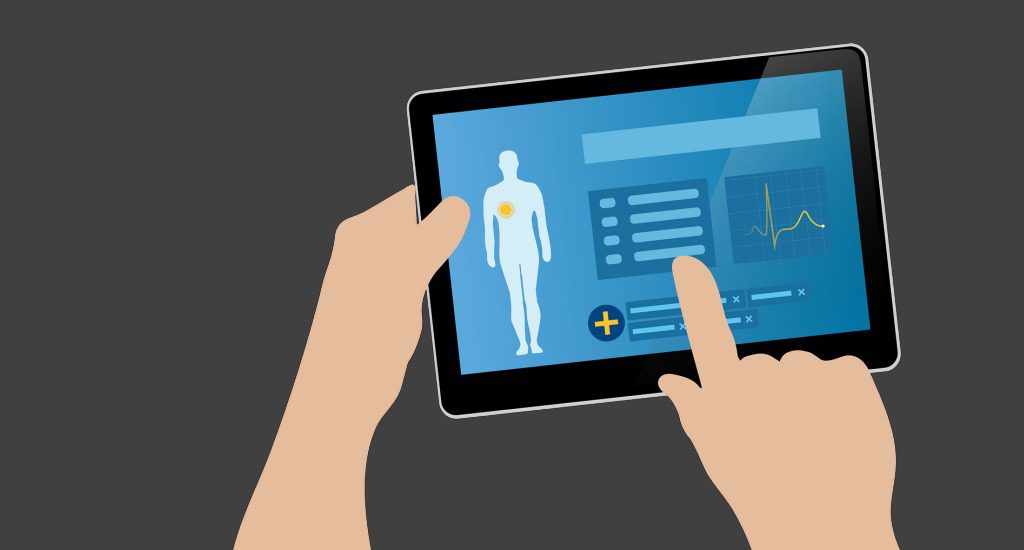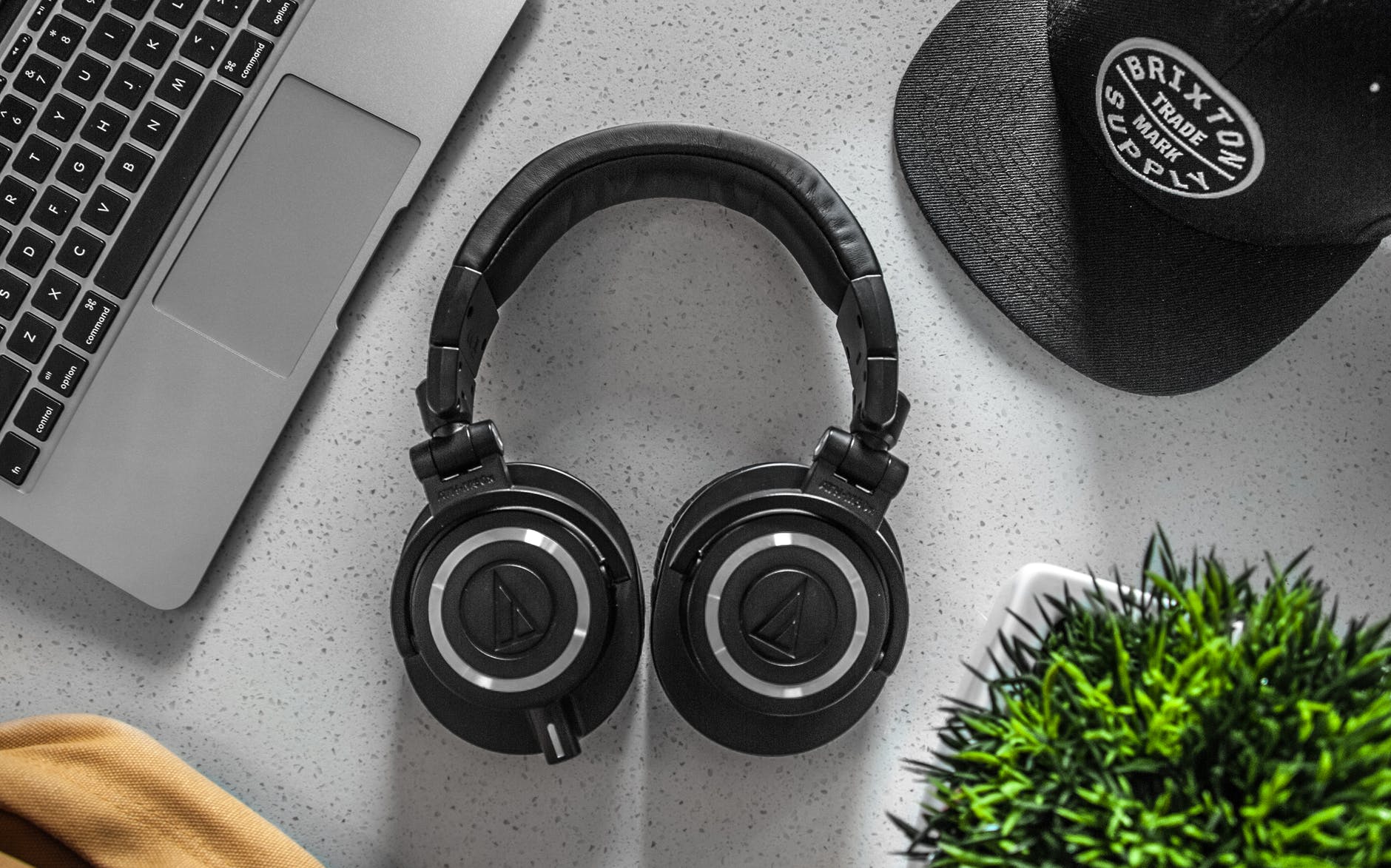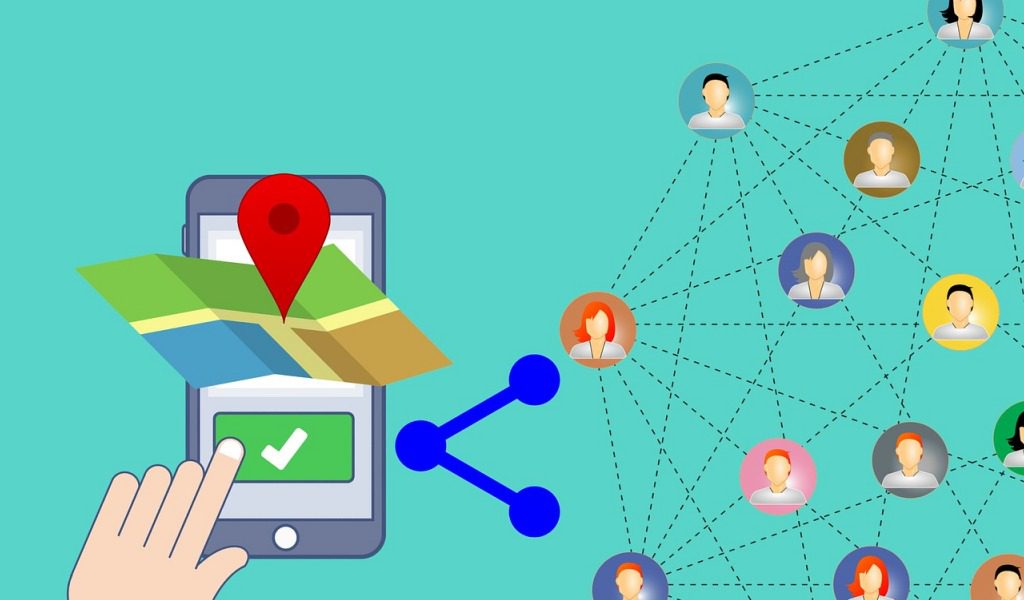The COVID-19 pandemic has changed the way many industries conduct business. In-person services have become limited since early 2020 and many companies have sent employees home to work. The medical field is another sector where the remote element has risen.
You can see the growth through services like remote patient monitoring. Healthcare providers have reaped the benefits of a remote patient monitoring business model, so now is the time to jump on board.
What Is Remote Patient Monitoring?
Remote patient monitoring is a form of telehealth that allows healthcare providers to track their patients with devices. The gadgets track blood pressure and heart rate and send the data back to the healthcare facility. Most providers have a software application allowing professionals to monitor many patients simultaneously. It’s an efficient way to organize and survey data to help healthcare workers.
The evolution of healthcare technology comes from Bluetooth devices. They connect to the internet and send information as long as there is a connection. Some examples of these Bluetooth gadgets include:
- Glucose monitors: Glucose monitors are a crucial part of diabetes management. They’re a wearable that provides real-time data for glucose levels. Continuous glucose monitoring is helpful because these devices can work 24 hours a day.
- Heart rate monitors: Heart rate monitors have become valuable devices for patients with cardiovascular issues. They track patients’ pulse and heart rate and send information to the health care provider. If something goes wrong, the staff on duty can call for medical attention, which is helpful if the patient lives alone.
- Dementia monitors: Monitors for patients with dementia have become helpful for health care staff. Providers can use tracking devices to collect information on sleep quality, nutrition, stress, and other factors like glucose and heart rate. An independent life is hard to come by for these patients, so these devices allow for a little more of that feeling.
What Does the Market Look Like for Remote Patient Monitoring?
COVID-19 has had a profound impact on the remote patient monitoring market. Since 2020, the demand for remote services has increased. The need for remote patient monitoring is at about $53.6 billion in 2022. A compound annual growth rate of 26.7% will help the sector reach a market value of about $175 billion by 2027. These remote patient monitoring statistics show why many providers want to enter the industry while it’s still growing.
The driving force behind the market growth for remote patient monitoring is the stress it takes off healthcare providers. Advancements in telecommunications allow medical facilities to reap the benefits of monitoring patients remotely. Also, an increasing geriatric population will strain the current healthcare system — experts predict the number of people aged 80 and older will triple by 2050.
What Are the Challenges of Remote Patient Monitoring?
Remote patient monitoring is a terrific strategy for the future as people look for ways to make life easier for patients and healthcare staff. However, this system presents challenges that healthcare professionals must endure if they want to take advantage. Some of these complications may include:
- Teaching patients: As the saying goes, teaching an old dog new tricks is hard. Older adults may need help learning new technology and could get frustrated trying to work their devices. These issues can lead to a reduction in compliance with patients who could benefit from remote patient monitoring.
- Teaching medical staff: Patients aren’t the only ones who may run into trouble when learning new technology. Physicians themselves might lack knowledge of devices and the new systems in place. Or, some doctors could want to stick with their old practices. That’s why accreditation for remote patient monitoring is critical. These standards prove a healthcare provider is ready to incorporate these services.
- Battery life: Once they figure out the gadgets, patients may run into trouble with the battery life. This factor is one of the most critical in successful remote patient monitoring. Patients need continuous monitoring with these devices and battery consumption can be an issue, especially if they’re wireless.
- Data theft: One issue that may fly under the radar with remote patient monitoring is cybersecurity. Delivering information securely is critical for the safety of the patients and the health care provider. Top-of-the-line security is necessary for medical facilities because the industry has a high potential for data and cyber theft.
How Can Providers Benefit From a Remote Patient Monitoring Business Model?
One benefit of remote patient monitoring that helps the provider is the potential for increased revenue. The rise in geriatric patients over the next few decades will cause higher demand and a remote patient monitoring business model can come to the rescue for reasons including:
- More revenue streams: A primary benefit for healthcare facilities with a remote patient monitoring business model is an increase in revenue streams. Providers with these services can bill for more patient interactions, such as text messages and video calls. Productivity in the workplace will increase and so will the revenue.
- Range of patients: Telemedicine is a growing industry, so healthcare providers can take advantage of that and open themselves up to more patients in more domains. An increase in patients can lead to more revenue generated for the provider. Remote patient monitoring also can help a practice have a broader reach because geography will be less of a barrier to care.
- Fewer cancellations: A practice can lose money because patients don’t show up or cancel at the last minute. These instances can cause a dip in revenue and waste time for the staff. Remote patient monitoring allows for fewer cancellations as long as the patients have their devices with them. This element is crucial, especially for patients with chronic conditions who shouldn’t miss their appointments.
How Do Patients Benefit From Remote Patient Monitoring?
Remote patient monitoring is still growing but has already shown to be an effective system for providers. It also provides numerous benefits for patients, including:
- COVID-19 protection: The pandemic is a primary reason for remote patient monitoring’s rise in the first place. Patients who take advantage of this telehealth system can reduce their risk of transmitting COVID-19 and other diseases by staying in the comfort of their homes.
- Less hospital time: Sometimes, patients using these services still need to go to the hospital. However, the time spent in the hospital decreases because the doctor can send them home with a monitoring device. Seeing fewer emergency visits and opening up hospital beds during a pandemic are remote patient monitoring statistics providers like to see.
- Patient convenience: Remote patient monitoring helps patients have a better experience with healthcare because of increased accessibility. They may be able to avoid in-person visits, saving them time from traveling. Some patients may live far from their providers and cannot travel easily. They’ll also save the hassle of gas, parking, and taking time from their busy schedules.
Remote Patient Monitoring — The Way of the Future
Sometimes, new systems and technologies rise out of convenience and sheer necessity. Remote patient monitoring is an excellent example of a structure that has significantly helped society in a time of need.
The pandemic of the last few years has strained healthcare systems and overworked employees. But remote patient monitoring statistics have shown it’s a practical way for healthcare professionals to track patients. The market for remote patient monitoring is thriving, so now is an opportune time for you to get on board with this booming industry.


